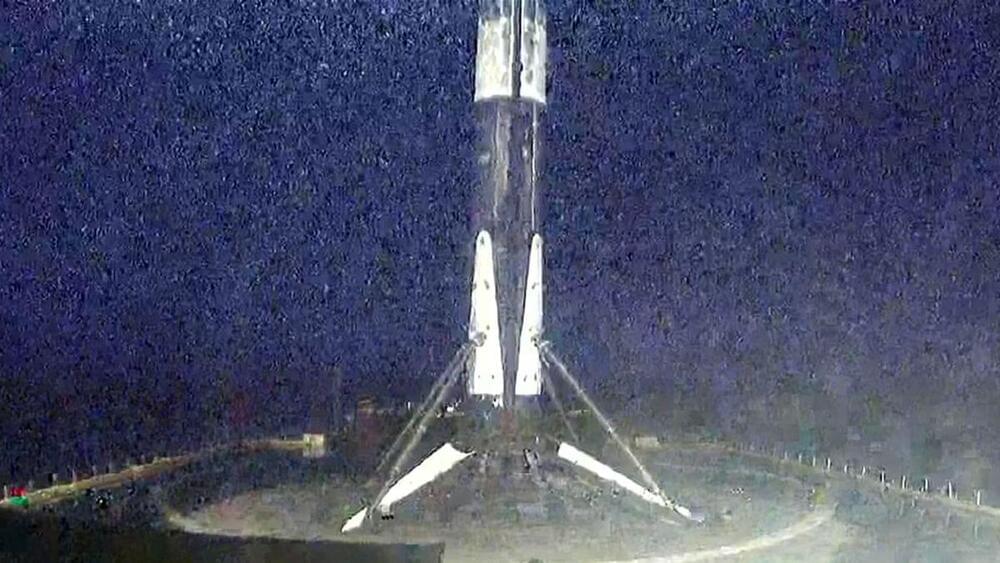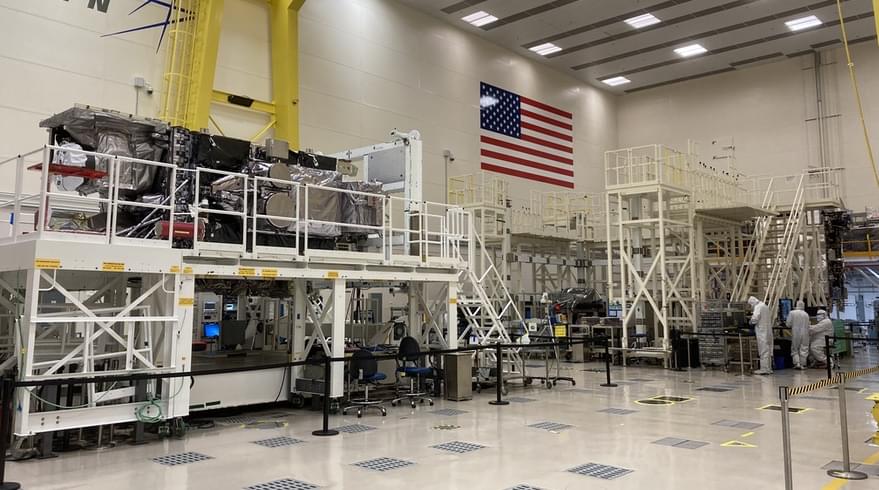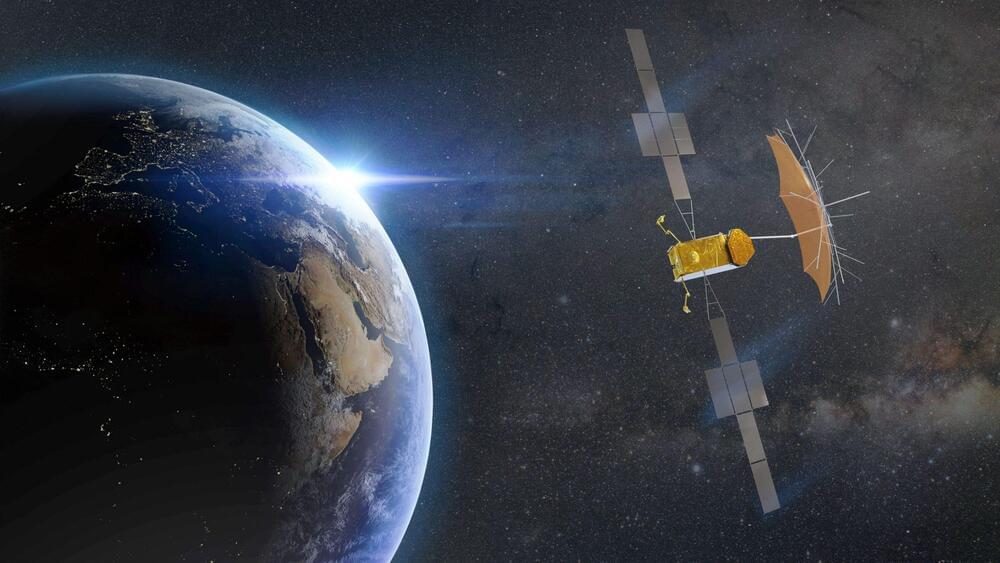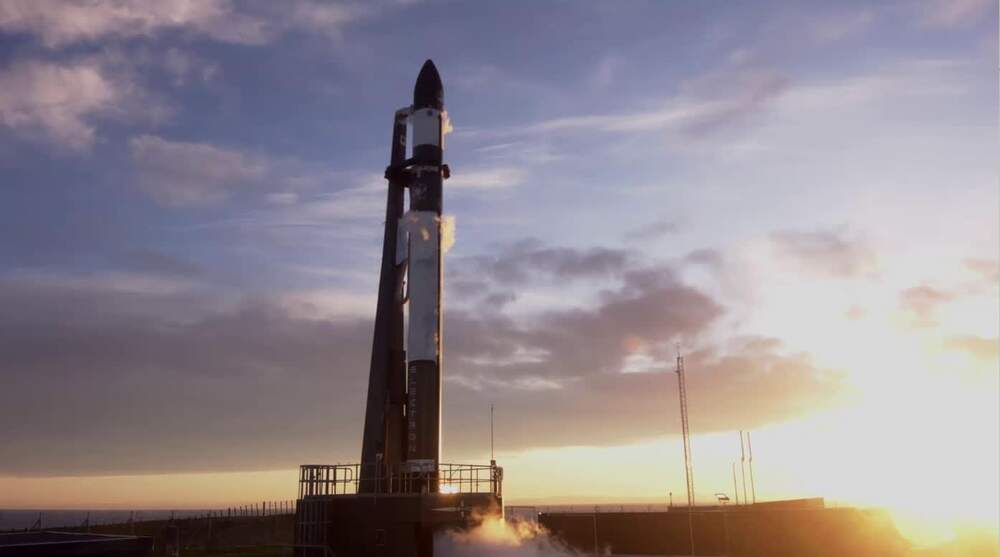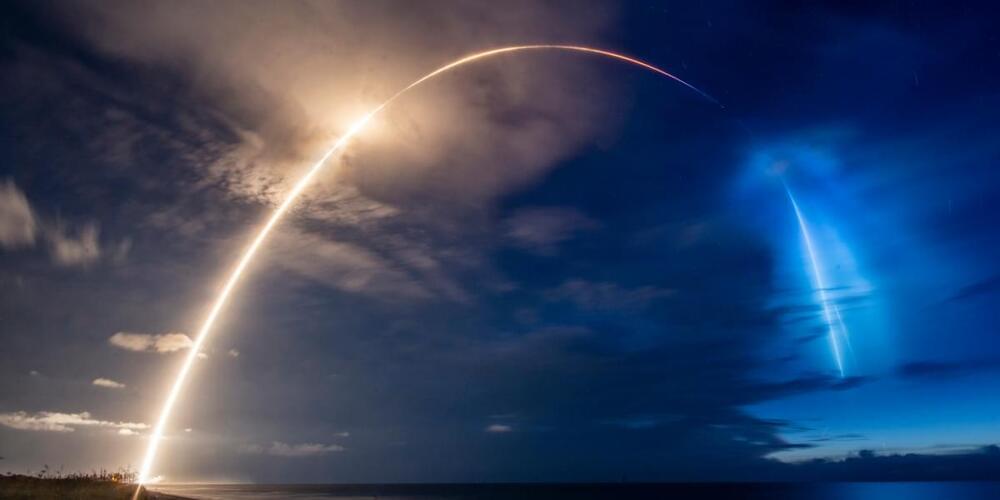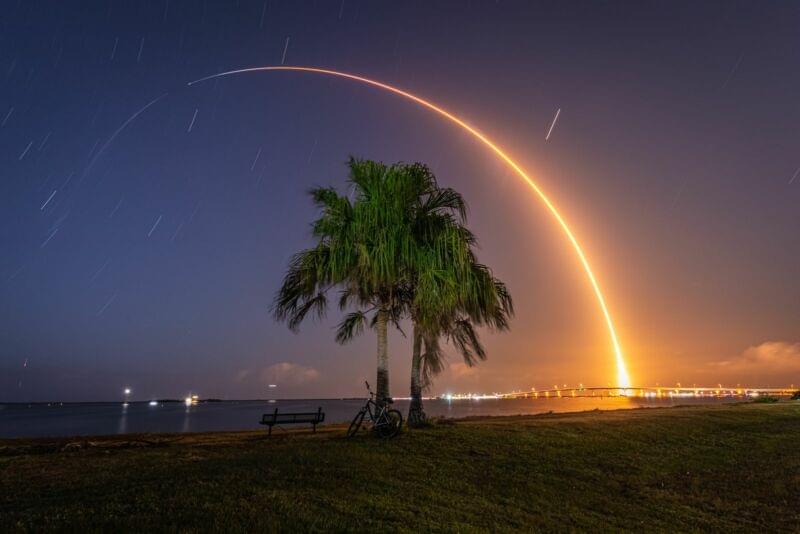In June, San Francisco-based startup Orbit Fab launched a prototype refueling station into Earth’s orbit — but rather than allowing astronauts to venture into deep space, this system is meant to give old satellites a new lease on life.
That’s a compelling idea, and now the company has locked down $10 million in funding to further it. Our planet’s orbit is getting cluttered with old and new satellites, increasing the risks of a collision and adding to an existing space junk problem.
Orbit Fab’s Tenzing Tanker-001, an early prototype satellite fuel tanker, launched into orbit as part of SpaceX’s Transporter-2 rideshare mission on June 30.

